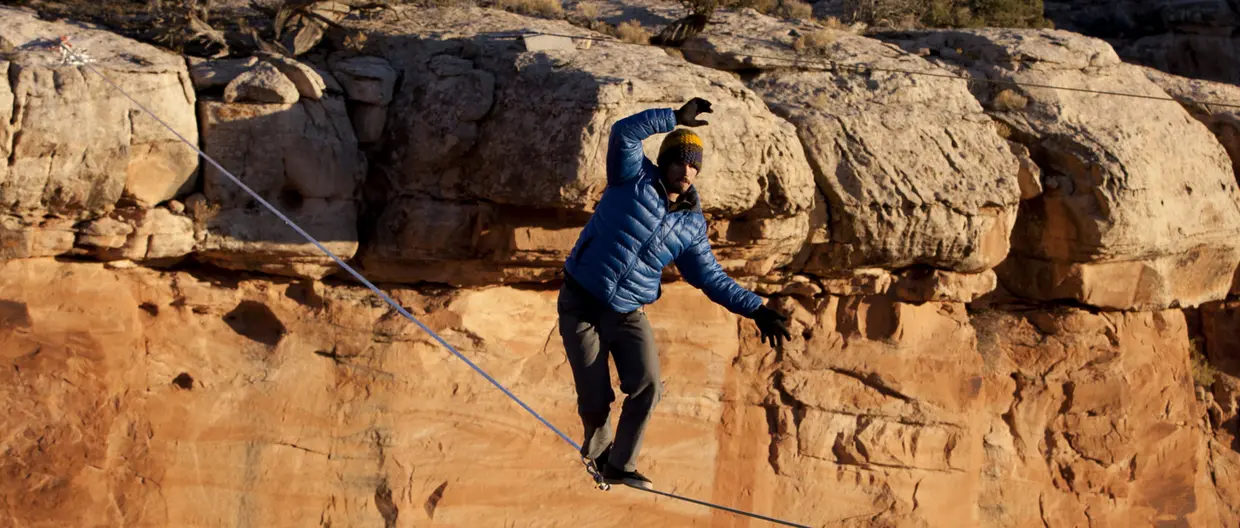Summary
Learn more on why climate physical risks should be incorporated into investment decisions and how the adaptation finance gap could be addressed
Key points
- Multi-stakeholder (investors, the scientific community and issuers) needs to work handin-hand to channel capital towards adaptation solutions that are able to deliver material impact across sectors as mitigation efforts alone cannot halt the negative effects of climate change.
- Climate adaptation and resilience remains underfinanced, with a significant and growing gap of US$194-366 billion per year, or 0.6%-1.0% of GDP for developing countries1.
- For investors, climate impacts that materialize through chronic and acute physical risks have a direct or indirect influence on investments. Investors need to examine their physical risk exposures across the supply chain of investee companies.
- Although there are limitations for integrating physical risk due to data and methodologies challenges, it is critical for investors to start pricing in these risks into their financial modelling and their investment decision process. This paper will explore the different ways and methods investors may use to start doing accounting for these climate risks.
- To support investors in this journey, Amundi integrates adaptation consideration into investments through various ways, including a dedicated climate change framework via AIIB-Amundi Climate Change Investment Framework, and green bond funds investing in resilience bonds or similar instruments. In addition, physical climate risk is part of Amundi’s responsible investment approach and stewardship activities.
- Additional investment solutions exist to break financing barriers include blended finance arrangements, public-private partnerships, and investment instruments such as resilience bonds, catastrophe bonds, and insurance-linked securities
Read more

